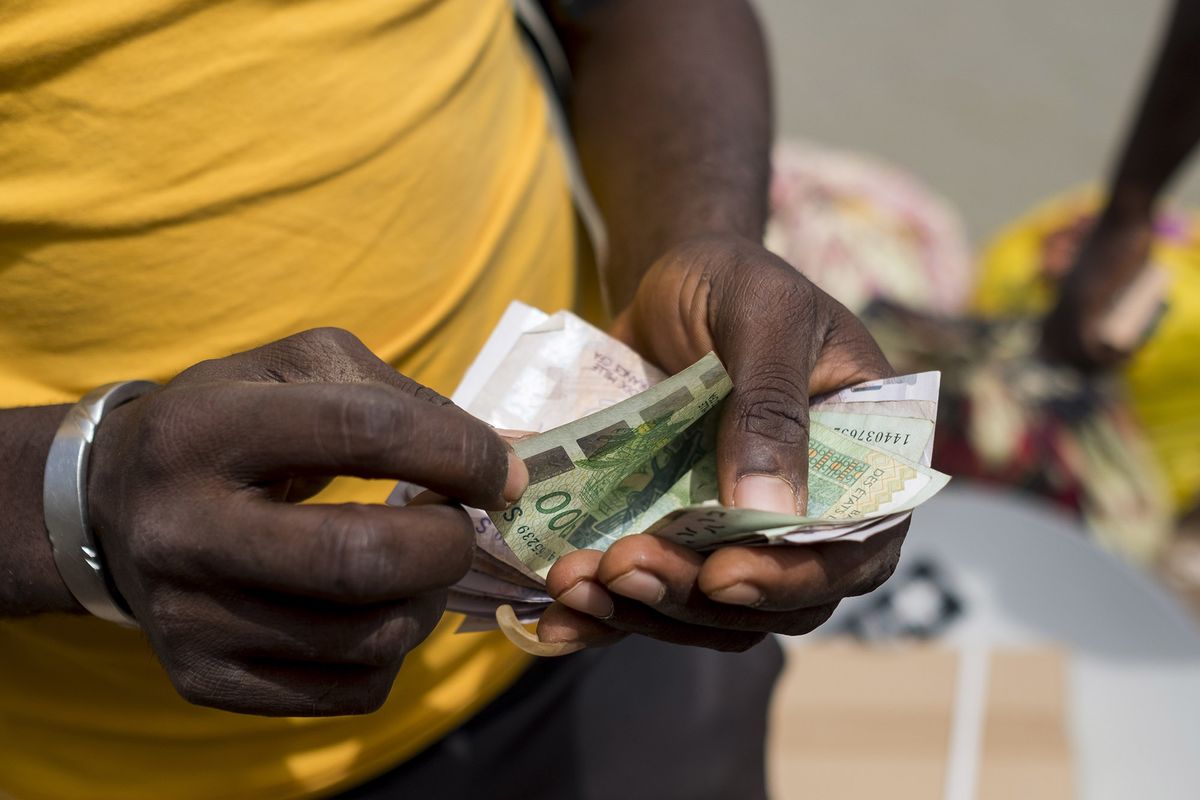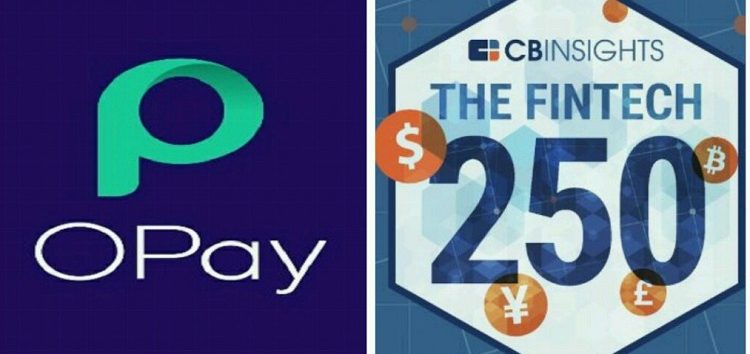A single digital currency for Africa is in the works

The attempt by Africa to achieve economic and monetary union dates back many years.
The African Continental Free Trade Area (AfCFTA), the world’s largest trade deal since the World Trade Organisation, was signed in 2018 by the continent’s leaders (WTO). The African Continental Free Trade Area (AfCFTA) is an agreement that aims to create a single market for African countries to trade products and services in a smooth manner while also deepening economic integration on the continent.
The accord, which has been signed by all African Union member states except Eritrea, which supports regional integration over continent-wide integration, is expected to improve Africa’s wealth by $450 billion and elevate 30 million people out of extreme poverty by 2035.
Wamkele Mene, the Secretary General of the AfCFTA Secretariat, stated in July 2020 that the trade agreement’s benefits will lead to the creation of a common currency for Africa, which has been in the works since 1991.
Is Mene, however, correct? Is a single African currency more realistic today than it was five years ago, before the AfCFTA agreement?
It’s been 31 years since the African Union proposed a single currency for the continent. With the establishment of the Pan-African Payment and Settlement System (PAPSS), which makes it easier to convert numerous African currencies, some progress has been made—or perhaps too little.
PAPSS is currently in the pilot phase in six nations, but it will go live on Thursday, January 13 in Accra, Ghana.
In West Africa, the adoption of the eco as a single currency, as suggested by the Economic Community of West African States (ECOWAS), has also not materialized, with its introduction having been postponed four times since its conception in 2003.
Why does an unified currency for Africa appear to be a pipe dream?
AfCFTA is part of the African Union’s (AU) goal to one day resemble the European Union (EU). And the project’s foundation is a single currency. The euro was first adopted in the EU 20 years ago, and it is now used by over 340 million people in 19 EU nations, with 27.6 billion euro banknotes in circulation worth approximately €1.5 trillion. It is currently the world’s second most extensively used currency, after the US dollar. The euro, unsurprisingly, has been blamed by the EU for the recent prosperity of European countries. As a result, it’s hardly surprising that Africa is eyeing such enticing profits for the region.
However, developing a single currency is a difficult task. It would need the creation of a central monetary system for several countries—a regime that, given the diverse economic demands of member nations, would be deemed undesirable for some.
In truth, the euro has been discussed since the 1960s, but it wasn’t until 1999 that the currency was actually implemented. Even then, it was only adopted by 11 countries. Despite the fact that the euro has been in existence for 20 years, all 27 EU countries have yet to fully adopt it.
Countries might prefer digital currencies to single currencies
The recent development of central bank digital currencies (CBDCs) in Nigeria and Ghana—with Rwanda, South Africa, Tanzania, and Kenya in the research stages—may delay the emergence of a unified African currency. The target for the introduction of ECOWAS’ eco was January 2020, but it was not met; instead, significant players in the region, including as Ghana and Nigeria, created their own CBDCs.
Nigeria is critical to the development of the eco not just because it is the largest country in the region, but also because it is the only country in West Africa with a banknote printer and mint.
The West African behemoth has poured vast sums of money into the construction of its CBDC, the eNaira, perhaps as a sign of its skepticism about the possibility of a continental currency ever materializing.
CBDCs can help with cross-border payments, but only if they are designed to be interoperable. The Bank for International Settlements (BIS), in association with the International Monetary Fund (IMF) and the World Bank, produced a study on cross-border CBDCs that encourages governments to collaborate in creating CBDCs to facilitate cross-border payments.
Project Jasper–Ubin, a cross-border CBDC trial between Canada and Singapore in 2019; Project Jura, a recent trial between France and Switzerland; Project Inthanon–LionRock, a cross-border CBDC trial between Thailand and Hong Kong; Project mCBDC Bridge, a cross-border CBDC trial between Thailand, Hong Kong, China, and the UAE; and Project Aber, a cross-border CBDC trial between the United Arab Emirates (UAE) and Saudi Arabia.
Visa has created a new concept called the “Universal Payment Channel” (UPC), which operates as a hub, linking several blockchain networks and enabling for secure digital currency transfers. It will allow your cousin in Canada to send USDC, a stablecoin, to you in Nigeria, and it will be automatically converted to the eNaira by the time it reaches the CBDC wallet.
Cryptocurrencies are already feasible solutions for cross-border payments in Africa, removing the bother of dealing with over 40 different currencies and their related complex financial systems.
It’s time for the African Union and the Economic Community of West African States to reconsider their approach—a physical single currency—and instead focus on building a single digital currency, as the EU is doing. Alternatively, African countries must ensure that their digital currencies may easily interact with one another across borders.







